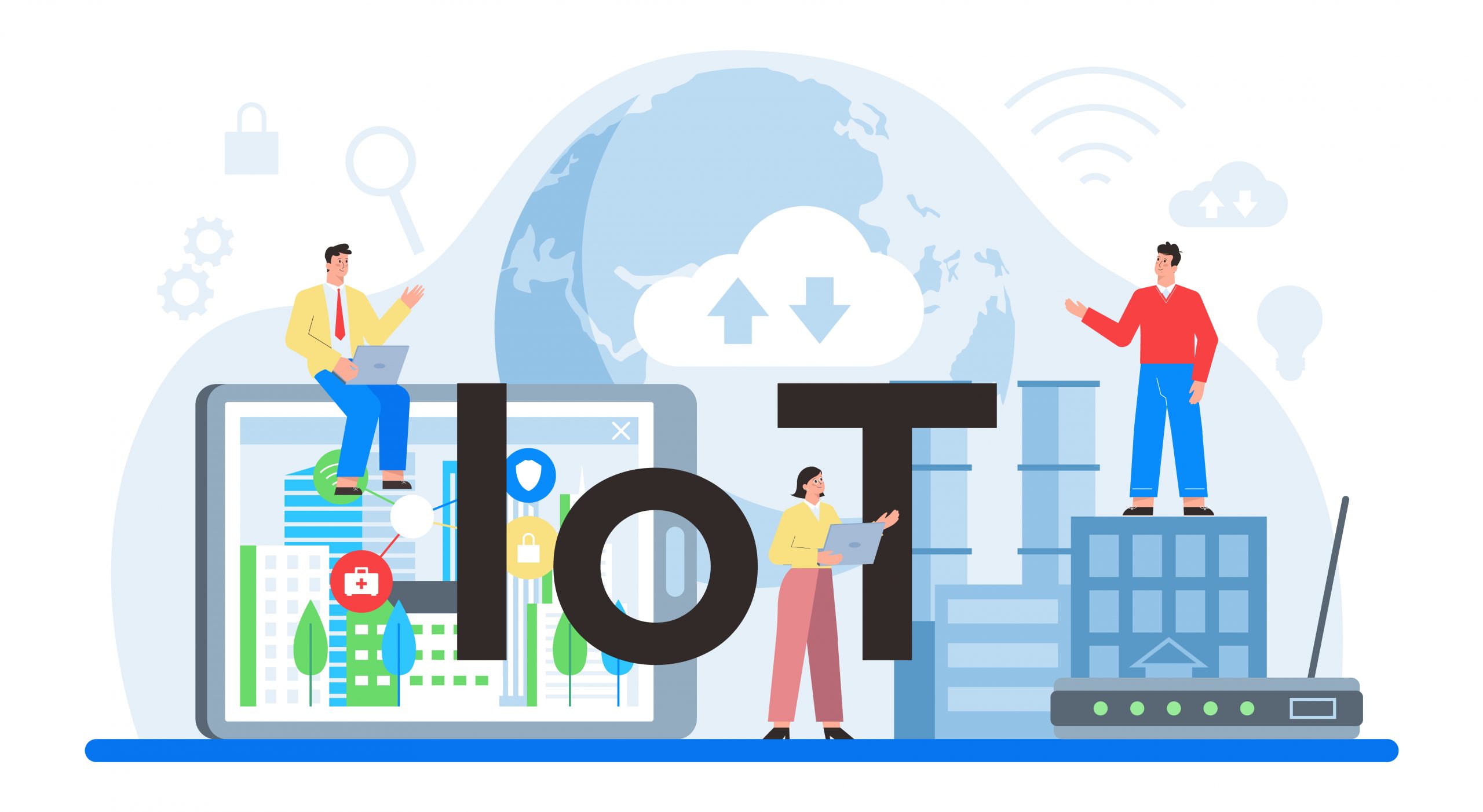Now Reading: Wireless Power: Practical Steps Toward Everyday Implementation
-
01
Wireless Power: Practical Steps Toward Everyday Implementation
Wireless Power: Practical Steps Toward Everyday Implementation

Wireless power has been one of those futuristic-sounding concepts that’s slowly creeping into our everyday lives. No more tangled cords, no more fumbling for that charger in the dark—just place your device on a pad or activate a long-range station, and voila, it’s charging. But how does it work? And how can you start using it today? Let’s break down the basics and give you some practical tips on getting started with wireless power at home and on the go.
How Wireless Power Works: The Basics You Need to Know for Everyday Use
Ever wonder how your phone charges without plugging in every time? Wireless power might sound like something out of a sci-fi movie, but it’s actually rooted in some pretty straightforward physics principles. At its core, wireless power transfer involves transferring energy from a power source to a device without any physical connectors—think of it as invisible energy beams. The main technologies making this happen today are primarily inductive coupling, resonant inductive coupling, and, increasingly, radio frequency (RF) energy transfer.
Inductive coupling is the most common method, especially for small devices like smartphones and earbuds. It uses electromagnetic fields generated by a coil in the charger to induce a current in a coil inside your device. Imagine two coils close together—when you send an alternating current through one, it creates a magnetic field that induces a current in the second coil. But this method usually requires close proximity and alignment—your phone needs to sit just right on the charging pad.
Resonant inductive coupling takes it a step further by allowing some distance between devices. Here, both coils are tuned to resonate at the same frequency, enabling energy transfer over a few centimeters to a meter. This could mean charging multiple devices at once or wireslessly powering gadgets that aren’t sitting perfectly aligned. Think of it as a more flexible version of traditional induction charging, offering a bit more freedom in placement.
RF energy transfer is another approach, using radio waves to transmit power over longer distances—think about how your Wi-Fi works but for power. Although less efficient for high power levels, it’s useful for low-power applications like sensors or small IoT devices—smart home gadgets, security cameras, or remote terminals.
Now, what about the standards? The most well-established one is Qi (pronounced “chee”). Nearly all wireless charging pads and compatible devices adhere to the Qi standard—making life easy, since your phone from Apple, Samsung, or any other brand that supports Qi will work with a compatible charger. This standard ensures safety, efficiency, and broad compatibility, which is why you see so many wireless chargers everywhere.
As technology advances, we’re seeing longer-range, more efficient wireless power solutions that could eventually eliminate the need for any physical contact points altogether. Future applications might include power mats that can charge multiple devices simultaneously over a distance, or even entire rooms with embedded charging surfaces—no more plugging in your devices, ever.
So, the key takeaway? Wireless power is based on clever electromagnetic principles. While we’re not yet at the stage where you can power your entire house wirelessly, the current tech lets you charge your devices more simply and just might change how we think about power in our daily routines.
Practical Steps to Start Using Wireless Power at Home and on the Go
Thinking about ditching some cables? Want to make your morning routine a little less cluttered? Luckily, integrating wireless power into your life doesn’t have to be complicated. Here’s a straightforward guide to get you started with wireless charging, whether you’re at home or out and about.
1. Pick Compatible Devices:
First things first, if you’re shopping for a new phone or gadget, look for models that support Qi wireless charging. Many flagship smartphones—Apple’s recent iPhone models, Samsung Galaxy series, Google Pixels—now come with built-in wireless charging capabilities. This small check ensures you’re ready to go without needing any extra accessories.
2. Get a Wireless Charging Pad or Stand:
Once you have a compatible device, the next step is obtaining a wireless charger. They’re widely available online and at electronics stores, with options ranging from simple pads to multi-device stations. If you’re using it on your desk or nightstand, a stand might be more convenient—it holds your phone upright, so you can see notifications while it charges.
3. Use the Correct Placement:
Most wireless chargers have an indication or a specific spot where your device should sit. Align your device properly—if your charger has an indicator light or a guide—to ensure maximum efficiency. Proper placement not only speeds up charging but also prolongs the life of your device’s battery by maintaining optimal charging conditions.
4. Upgrade Existing Devices:
If you’re already wired into a charging routine, consider transitioning to wireless for added convenience. Many modern smartphones, earbuds, and smartwatches support wireless charging. You can keep a dedicated charging pad on your nightstand or desk—less clutter, less fuss.
5. Expand into Multiple Devices:
Some wireless chargers support multiple devices at once—your phone, earbuds, and even your smartwatch. These multi-device stations are handy, especially if you like to keep your tech setup clean. Just ensure your devices are compatible.
6. Incorporate Long-Range and Innovative Solutions:
While current consumer products mainly support near-field charging, the technology is moving toward longer-range power transmission. Keep an eye out for upcoming innovations—more flexible, longer-range charging solutions could soon become part of mainstream home setups.
7. Make Wireless Charging Part of Your Environment:
Look for furniture with built-in charging pads or add a wireless charging pad directly into your desk or nightstand. Some companies now manufacture tables and desks with embedded wireless charging zones—products that make charging effortless and even aesthetically seamless.
8. Stay Informed:
With rapid advances in wireless power tech, standards and products are evolving. Follow tech news, reviews, and product announcements to stay ahead. As new solutions emerge, adopting longer-range or faster charging options will become easier and more practical.
Wrapping Up
Wireless power isn’t just a futuristic dream anymore—it’s steadily becoming part of our everyday lives. From simple charging pads to potential long-range power zones, the technology is making our routines more convenient and clutter-free. With a bit of smart shopping and some easy setup, you can start enjoying the benefits of wireless charging today. As the tech matures, you’ll likely see even more seamless, efficient, and innovative ways to power your devices—making wired cables a thing of the past sooner than you’d think.

























